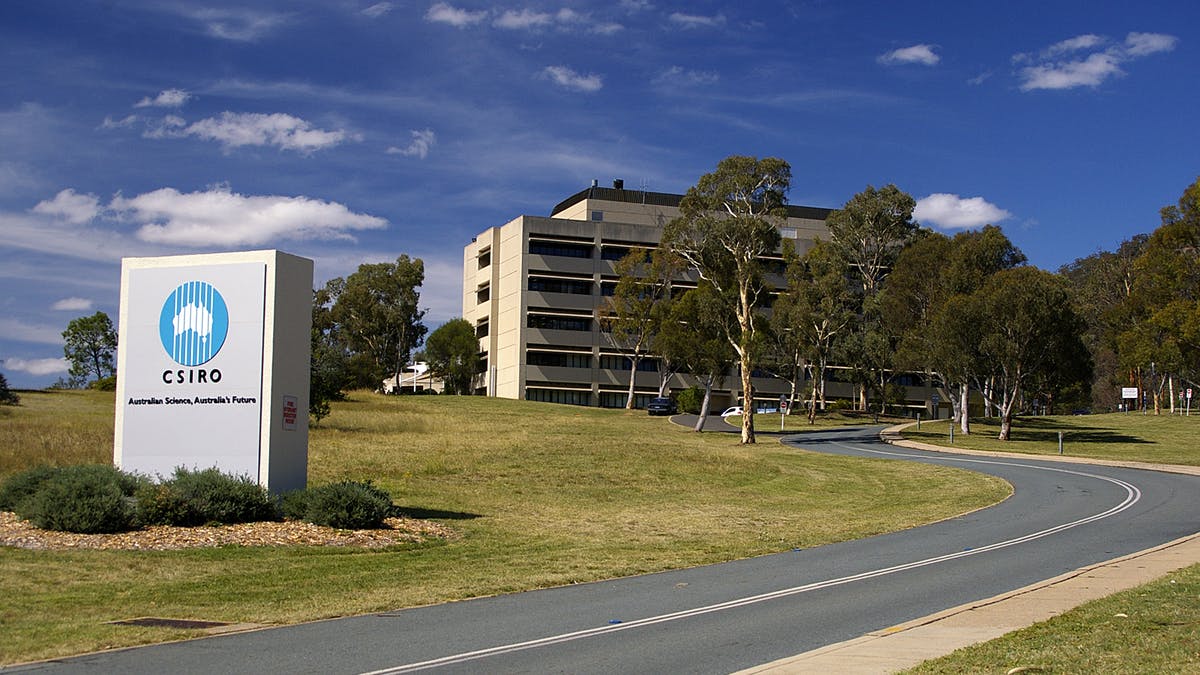Alphinity Investment Management and CSIRO, Australia’s national science agency, have unveiled a comprehensive framework and toolkit for responsible AI (RAI) designed to assist investors in harnessing the growing potential of artificial intelligence.
Titled “The Intersection of Responsible AI and ESG: A Framework for Investors Report,” this three-part toolkit offers practical, open-source resources that can be customized by investors to evaluate the influence of AI on their investment portfolios.
By bridging the emerging considerations of RAI with established ESG principles like climate, modern slavery, and governance, the toolkit provides a roadmap for navigating the evolving landscape of AI investment.
Step one of the framework determines materiality risk incorporating 27 AI use cases across 9 key sectors. Step two provides governance insight across 10 RAI key indicators, which assess the overall commitment, accountability, and measurement of RAI. Finally, Step three is a deep dive with more than 40 filterable questions to facilitate detailed analysis and engagement with company management on AI implementation and RAI practices.
Alphinity’s Head of ESG and Sustainability, Jessica Cairns, said it was important to proactively investigate and understand risks and opportunities given the rapid uptake of AI.
“The first wave of AI is well underway, dominated by companies with direct revenue exposure alongside ‘picks and shovel’ stocks that provide the tools, platforms, and infrastructure required to drive success in an AI-enabled world,” Ms Cairns said.
“What we are most excited by is the second and third wave, where we see AI creating opportunities for a breadth of traditional sectors, like banking and mining, through improved efficiencies, expanded revenue streams, and boosted productivity.
“Like any tech revolution, however, there will be winners and losers. Rapid advancement also paves the way for significant risks and ethical concerns, which investors must understand, measure, and manage. Our RAI toolkit is designed to address this, providing a framework for investors to analyse the risks and opportunities and the option to deep dive should they spot red flags in their risk and governance analysis.”
The three-part RAI framework follows 12 months of extensive research and engagement with more than 28 global and domestic listed companies across a range of sectors, including Accenture, Commonwealth Bank of Australia, Shell, and Mirvac.
CSIRO Research Director, Professor Liming Zhu, said until it becomes commonplace for both RAI policies and the actual numbers for RAI indicators and metrics to be shared publicly, investors need to know where to look for signs of responsible AI use.
“Combining our RAI research and Alphinity’s investment expertise, the framework is purposefully designed so a range of investors can practically implement it into existing ESG analysis and reporting, picking and choosing the tools that work for them.
“With global AI adoption expected to accelerate significantly between now and 2030, it is imperative we take a considered investment approach to the responsible and safe use of AI.”
While the research found many global companies have extensive AI resourcing, the current wave of AI is levelling the playing field due to its general capabilities and ease of access.
“This provides strong opportunities for Australian companies and investors to embed best practice and robust risk mitigation from the early stages,” Professor Zhu said.
“Our research showed RAI governance is best embedded within existing systems and processes and a strong track record of ESG performance is an indicator of confidence for investors.”
Alphinity will implement the RAI framework, tools, and templates into its ESG analysis processes and hopes this framework and toolkit will become an industry-wide standard.
“We are already leveraging the framework in our investment strategy,” Ms Cairns said. “We will continue to engage with our investee companies and advocate for the uptake of publicly disclosed RAI practices, an important governance measure as AI adoption booms.
“Our hope is that all investors, from super funds to boutique fund managers, will adopt responsible AI frameworks into ESG considerations and responsible investment criteria.”
Keep up to date with our stories on LinkedIn, Twitter, Facebook and Instagram.


